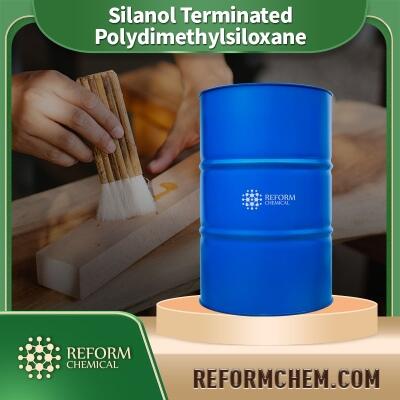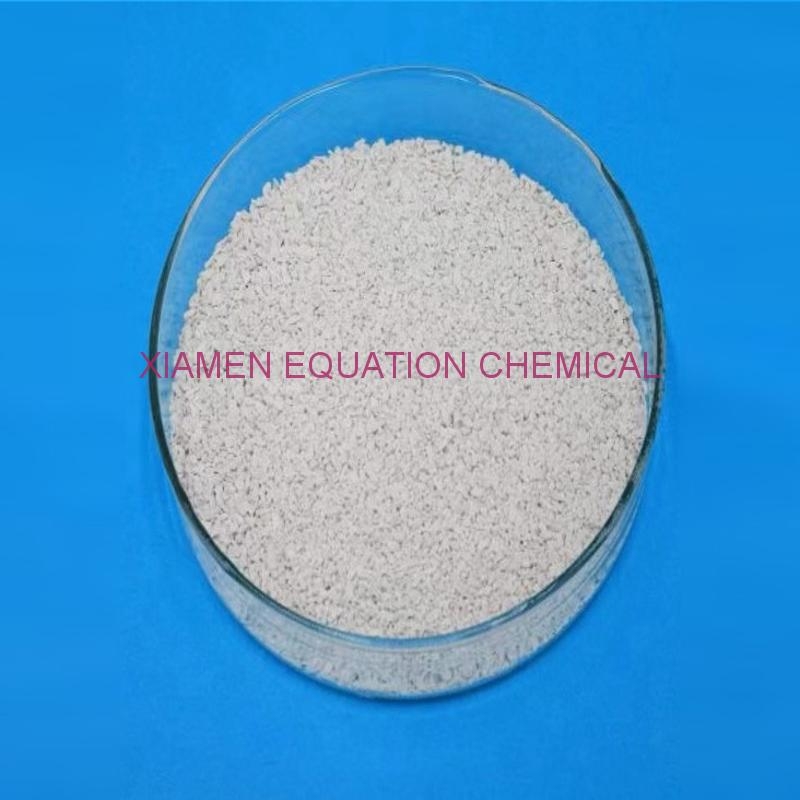-
Categories
-
Pharmaceutical Intermediates
-
Active Pharmaceutical Ingredients
-
Food Additives
- Industrial Coatings
- Agrochemicals
- Dyes and Pigments
- Surfactant
- Flavors and Fragrances
- Chemical Reagents
- Catalyst and Auxiliary
- Natural Products
- Inorganic Chemistry
-
Organic Chemistry
-
Biochemical Engineering
- Analytical Chemistry
-
Cosmetic Ingredient
- Water Treatment Chemical
-
Pharmaceutical Intermediates
Promotion
ECHEMI Mall
Wholesale
Weekly Price
Exhibition
News
-
Trade Service
Imidocarb dipropionate is an organic chemical compound that is commonly used as a preservative and an antimicrobial agent in various industrial and commercial applications.
The production process of imidocarb dipropionate involves several steps, which are described below.
Step 1: Preparation of Propionic Acid
The production of imidocarb dipropionate begins with the preparation of propionic acid.
Propionic acid is a carboxylic acid that is synthesized by the fermentation of glycerol or by the hydrolysis of propylene.
The propionic acid obtained from these processes is further purified and concentrated to obtain a pure sample of the chemical.
Step 2: Reaction with Ammonia
The purified propionic acid is then reacted with ammonia in the presence of a catalyst, such as sulfuric acid or sodium hydroxide.
The reaction between propionic acid and ammonia produces a compound called N-propionyl amine, which is then hydrolyzed to produce N-propionyl amide.
Step 3: Reaction with DIPA
The N-propionyl amide produced in the previous step is then reacted with dipropionic acid (DIPA) in the presence of a solvent, such as acetonitrile or DMF.
The reaction between N-propionyl amide and DIPA produces imidocarb dipropionate.
Step 4: Purification and Recrystallization
The imidocarb dipropionate produced in the previous step is then purified by dissolving it in a solvent, such as water or ethanol, and filtering out the impurities.
The solvent is then evaporated to produce a concentrated solution of imidocarb dipropionate.
The concentrated solution is then recrystallized by adding a solvent, such as acetonitrile or methanol, to obtain pure imidocarb dipropionate crystals.
Step 5: Characterization of the Product
The final step in the production process of imidocarb dipropionate involves characterizing the product to ensure that it meets the desired purity and quality standards.
This can be done by using various analytical techniques, such as spectroscopy, chromatography, and mass spectrometry, to determine the chemical composition and structure of the imidocarb dipropionate crystals.
Overall, the production process of imidocarb dipropionate involves several steps that require careful control and purification to ensure the production of a high-quality product.
The patents and literature sources mentioned at the beginning of this article provide more detailed information on the production process of imidocarb dipropionate and can be consulted for specific details and procedures.






